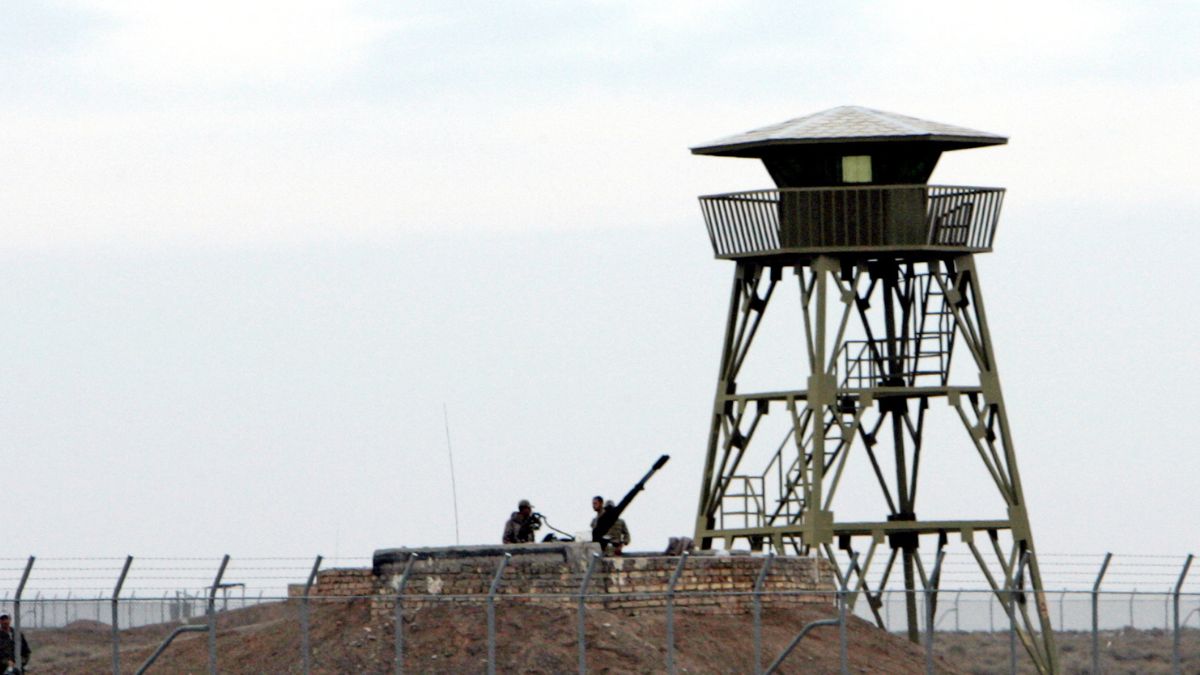) |
|
The ongoing tension between Iran and Israel has escalated to a dangerous level, with the possibility of an Israeli strike on Iranian nuclear facilities looming large. While the US has urged Israel to refrain from such action, its ally has not offered any assurances, raising concerns about a potential regional conflict. The situation is fueled by Iran's growing nuclear program and Israel's perceived existential threat posed by it.
Iran maintains that its nuclear program is purely for civilian purposes and it has no intention of developing nuclear weapons. However, the United States and international nuclear watchdog believe Iran had a clandestine nuclear weapons program before 2003. Despite the 2015 nuclear deal that imposed restrictions on Iran's nuclear activities, tensions have resurfaced after the US withdrew from the agreement in 2018. Since then, Iran has expanded its uranium enrichment program, leading to concerns about its potential nuclear weapon capability. The US and Israel's assessment of Iran's intentions and the potential for a nuclear weapon remains a point of contention.
The article provides a detailed breakdown of Iran's nuclear facilities, highlighting their strategic importance and potential vulnerability to Israeli strikes. It sheds light on the significance of sites like Natanz, Fordow, and Isfahan, all crucial to Iran's nuclear program. The article emphasizes the potential consequences of an Israeli attack, not just on Iran's nuclear infrastructure but also on the wider region. The escalation of tensions and the threat of military action highlight the complexities and risks involved in the current geopolitical landscape, where mistrust and competing interests continue to fuel conflict.
The article explores the historical context of the Iran-Israel conflict and its evolution over the decades. It highlights the persistent threat of military confrontation and the dangers of miscalculation. The article also examines the role of the international community in trying to resolve the nuclear issue and prevent the spread of nuclear weapons. The potential consequences of a military strike are multifaceted, encompassing not only the potential for a regional conflict but also the possibility of triggering a wider nuclear arms race. The ongoing tensions serve as a reminder of the fragility of global peace and the urgency of finding diplomatic solutions to prevent a catastrophic conflict.
Source: Where are Iran’s nuclear sites that are under threat from Israel?
